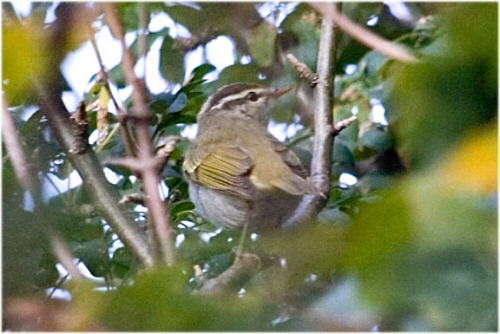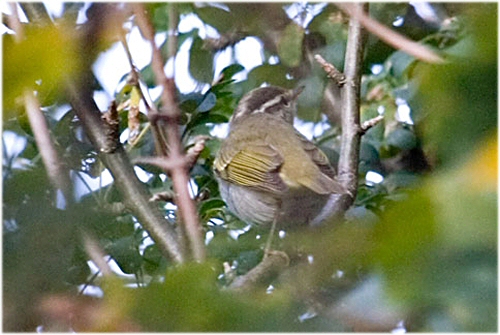

Note the strong supercilium and wingbar; crown is dark greyish; © Marc Guyt, courtesy of Agami

Note the crown stripe on the back of the head; © Marc Guyt, courtesy of Agami

Note complete yellow-orange lower mandible and citrine-yellow undertail coverts; © Marc Guyt, courtesy of Agami
Do you want to go to the main-index, the 2007-index or the next species, the Pygmy Owl?